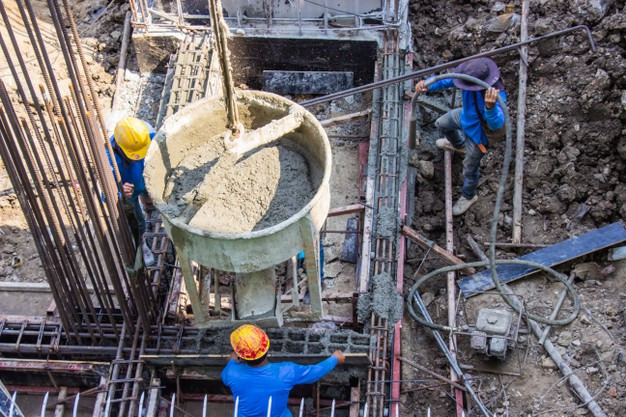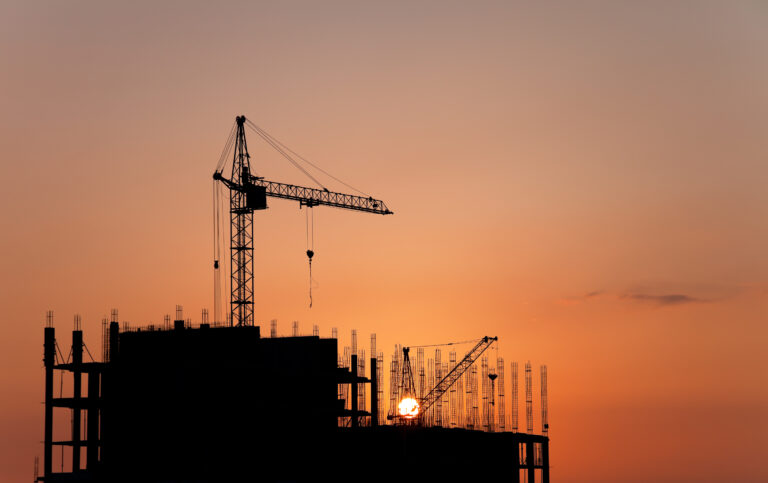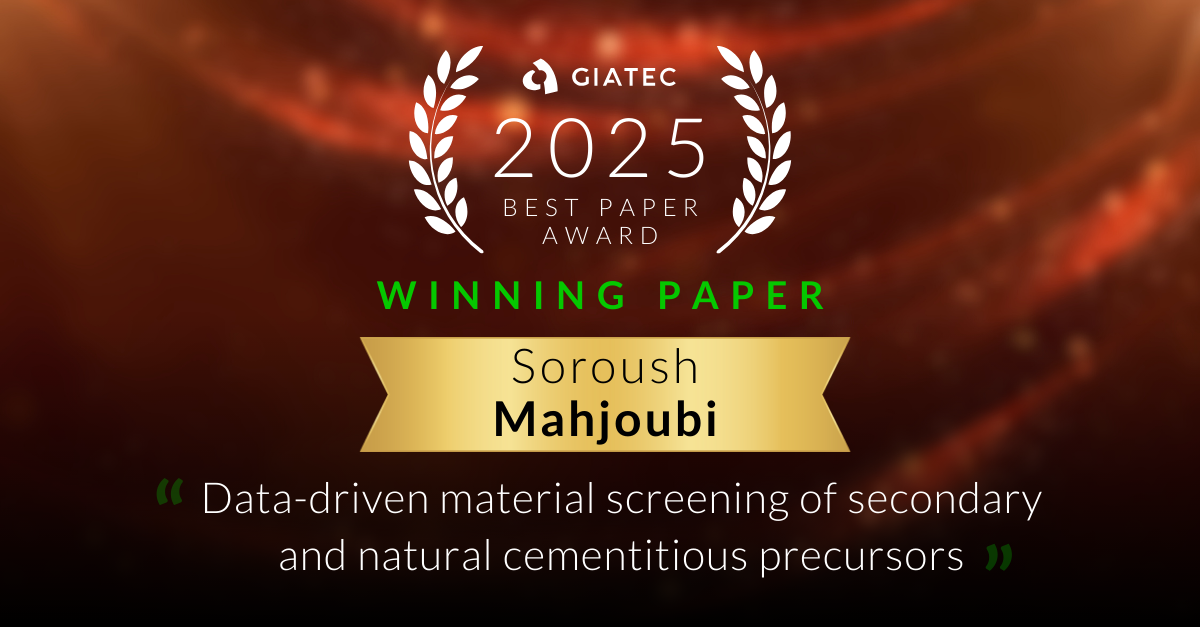Quality control during your concrete pour is essential for achieving long-lasting, durable structures. Giatec’s innovative technology can revolutionize the way you approach this process! Ensuring your concrete meets specifications is critical to avoiding costly repairs and delays. So, integrating high-quality monitoring systems and best practices is crucial at every stage of the pour.
SmartRock® Long Range Savings for Big Projects
Why Quality Control Matters in Concrete Construction
Concrete quality control directly affects structural integrity, durability, and long-term maintenance costs. Poor control can lead to cracking, segregation, and uneven curing, problems that often require expensive rework.
Modern projects demand real-time insights and data-based decisions, making digital monitoring systems an essential part of every quality control strategy.
The Stages of Quality Control of Concrete
To ensure consistency, quality control should be implemented across three major stages: pre-pour, during the pour, and post-pour.
Pre-Pour Preparation
Before any concrete is poured, you must carefully assess several factors that can directly impact the outcome of your project. From selecting the right mix design to inspecting the formwork, it’s important to confirm everything is in order. Key areas of pre-pour preparation include:
- Mix Design: Ensure that the mix is designed according to the project’s requirements and the specific environmental conditions. This is a vital step that will influence the final quality of the concrete.
- Weather Considerations: Weather conditions such as temperature, humidity, and wind speed can affect the curing process. Plan accordingly to avoid extreme conditions that could impact the pour.
- Formwork Inspection: Inspect the formwork to ensure it’s properly installed and capable of holding the weight and shape of the concrete. Improper formwork can lead to deformations or structural problems.
Concrete Quality During the Pour
Once the concrete pour begins, maintaining control over the entire process becomes critical. Concrete must be delivered and placed correctly, with careful attention paid to the following aspects:
- Mix Delivery: Ensure that the concrete is delivered on time and according to specification. The time between the mix leaving the plant and being placed on-site should be minimal to prevent the concrete from setting too early.
- Slump Tests: Perform slump tests to confirm that the mix consistency meets project specifications. This will help avoid issues related to segregation, workability, or setting time.
- Placement Techniques: Concrete placement techniques are crucial. Improper placement, such as excessive vibration or incorrect layering, can cause issues like segregation or air entrapment, leading to weakened structures.

Post-Pour Considerations
After the concrete has been poured, monitoring the curing process and ensuring the strength development is on track is key to ensuring the structural integrity of the project. Giatec’s SmartRock® wireless sensors provide real-time monitoring of temperature and strength, giving you a clear view of the curing process without the need for destructive testing. Important aspects to consider post-pour include:
- Curing Conditions: The curing environment must be closely monitored. Rapid drying, exposure to extreme temperatures, or inadequate moisture can result in cracking or poor strength development.
- Temperature Monitoring: Using SmartRock® sensors, you can track the internal temperature of the concrete and ensure that it remains within an optimal range to prevent thermal cracking or uneven curing.
- Strength Assessments: Continuously assess the strength of your concrete with SmartRock® sensors, ensuring it reaches the desired strength before removing formwork or applying loads. This allows you to make data-driven decisions, improving project efficiency and reducing downtime.
How Technology Improves Concrete Quality Control
Traditional methods of monitoring concrete quality, like cylinder testing, are often time-consuming. Additionally, they are prone to errors due to delays in results or inconsistent data. Giatec’s innovative solutions, such as the SmartRock® sensors, provide real-time insights into the concrete’s temperature and strength. They allow you to make immediate decisions based on accurate data.
By adopting Giatec’s advanced technology, contractors can streamline their workflows, ensure higher-quality concrete, and reduce the risk of costly repairs down the line. The integration of wireless sensors, paired with robust data analytics, gives you full control over every stage of the concrete pour.
Conclusion
In today’s fast-paced construction environment, quality control is not just a matter of following standard procedures. It’s about embracing innovation to improve efficiency, safety, and performance! With SmartRock sensors, contractors can stay ahead of potential issues, optimize the curing process, and ensure the structural integrity of every project. Make quality control a priority with the right tools in place, and revolutionize how you manage your concrete pours.
*Editors Note: This post was originally published in October 2024 and has been updated for accuracy and comprehensiveness in October 2025.







